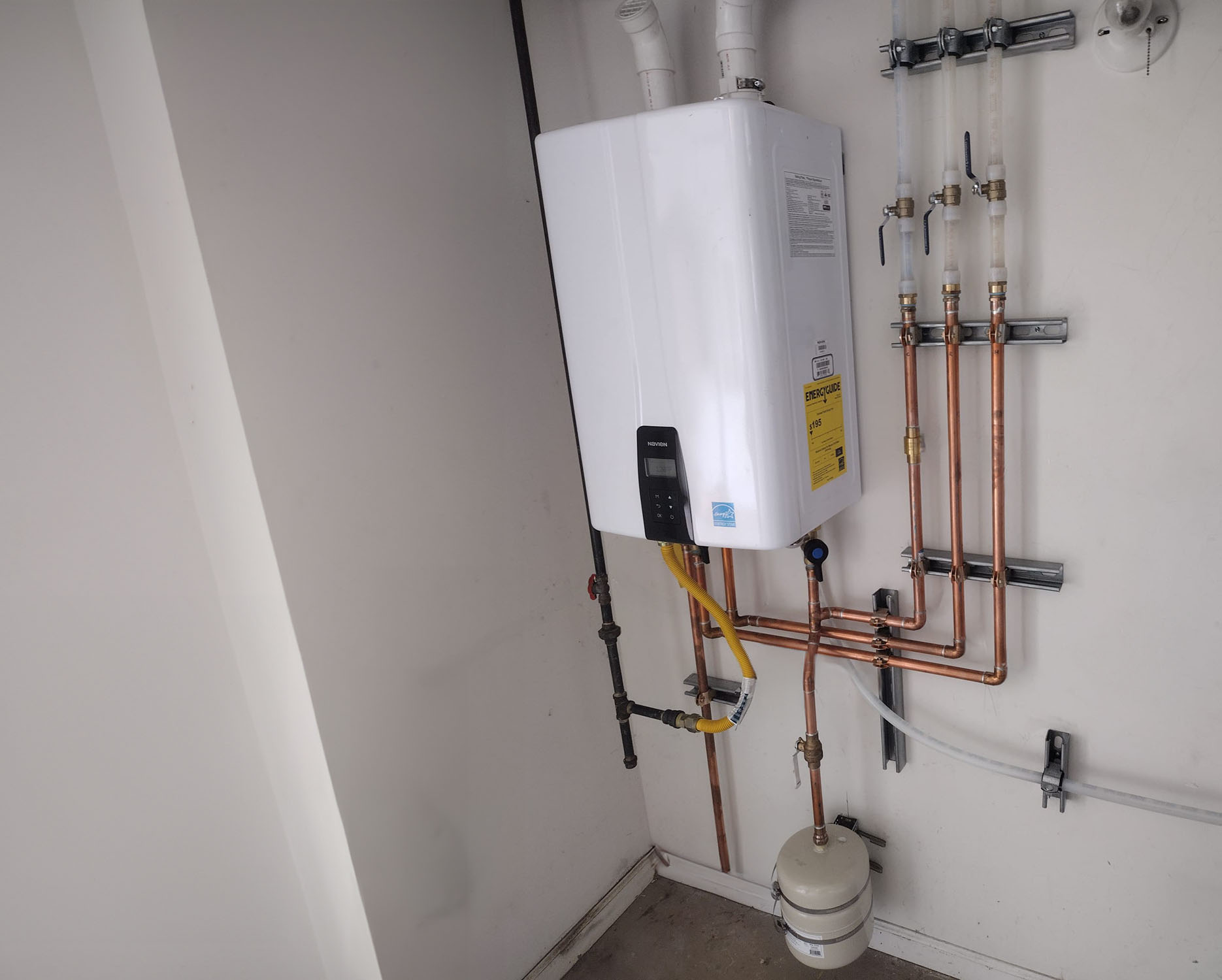

Utility Bills
Your trusted partner for professional home services. Quality workmanship, guaranteed satisfaction.




- HEP
- Utility Bills
Utility Bills | Tankless Water Heater Install | Plumbing | Dayton
Imagine stepping into a shower that never runs cold, even during Dayton’s chilliest mornings. HEP’s seasoned plumbers specialize in tankless water heater install services that swap bulky tanks for sleek, high-efficiency units—freeing up space, slashing standby energy loss, and delivering endless hot water on demand. From precise sizing to flawless venting, our local team handles every detail so you can enjoy lower utility bills and consistent comfort.
Whether you’re upgrading an aging system or outfitting a new build, we tailor the installation to your home’s unique layout and water-use habits. Expect honest pricing, flexible scheduling, and workmanship backed by rock-solid guarantees. Ready to make cold-shower dread a thing of the past? Let HEP turn your hot-water expectations into everyday reality—all while helping your wallet and the planet breathe a little easier.
FAQs
What is a tankless water heater and how does it differ from a traditional storage-tank unit?
A tankless, or “on-demand,” water heater uses powerful gas burners or electric elements to heat water only when a hot-water tap is opened. Because it doesn’t continually re-heat a 40- to 80-gallon tank, it eliminates standby heat loss—the primary source of wasted energy in conventional heaters. The result is an endless supply of hot water and energy savings of 24–34 % for homes that use less than 41 gallons per day, according to the U.S. Department of Energy.
How can switching to a tankless water heater lower my utility bills in Dayton?
Dayton’s cold winters mean traditional tanks work overtime to keep stored water hot. A tankless model only fires when water is needed, cutting gas or electric consumption significantly. Homeowners typically see utility-bill reductions of $80–$150 per year, and households with high hot-water demand often recoup installation costs within 5–7 years. Additional savings come from the longer service life—20+ years versus 10–15 for a tank—which delays replacement expenses.
What size tankless water heater do I need for my home?
Sizing is based on two factors: 1) the maximum hot-water flow you’ll need at one time (measured in gallons per minute, or GPM) and 2) the temperature rise required—from Dayton’s average incoming winter water temperature (about 45 °F) to your desired outlet temperature (120 °F). For example, running two showers (2.0 GPM each) and a dishwasher (1.5 GPM) simultaneously needs about 5.5 GPM at a 75 °F rise, which calls for a 180,000 BTU gas unit or a 27 kW electric unit. Our technicians perform a detailed load calculation during the estimate to ensure you get the right capacity without overpaying.
How long does installation take and will my water service be interrupted?
Most residential installations in the Dayton area are finished in one business day. We start by shutting off the water and fuel supply, removing the old tank, installing venting (for gas units), upgrading any gas or electrical service as needed, mounting the new heater, and performing full-flow and safety tests. Water service is typically off for 2–4 hours. We schedule work at your convenience, and emergency same-day replacements are available if your old water heater has failed.
Are there any rebates or tax incentives available in Dayton or Ohio for installing a tankless water heater?
Yes. As of 2024, Columbia Gas of Ohio offers residential customers a $100 rebate on ENERGY STAR® certified gas tankless units. Dayton Power & Light customers may qualify for additional electric efficiency incentives. At the federal level, the Inflation Reduction Act provides a 30 % tax credit (up to $600) for qualifying high-efficiency water heaters installed through 2032. We’ll supply all model numbers and documentation you need to claim these incentives and will even complete the rebate paperwork for you.
What maintenance does a tankless water heater require after installation?
To ensure peak efficiency and full warranty coverage, manufacturers recommend a yearly service that includes: 1) flushing the heat exchanger with a vinegar solution to remove mineral scale (especially important in Dayton’s moderately hard water), 2) cleaning the inlet water filter, 3) inspecting the venting and gas pressure, and 4) updating firmware on smart-connected models. The visit takes about an hour, costs much less than a tank flush, and can extend unit life well beyond 20 years.